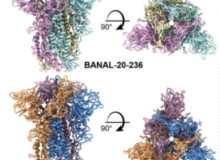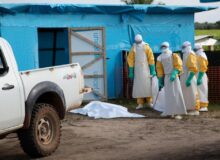by Allison Wilson, PhD and Jonathan Latham, PhD
The biotech industry and its supporters have promoted GMO Golden Rice for decades as an urgently needed solution to vitamin A deficiency.
But, in a surprising twist, the US Food and Drug Administration (FDA) has concluded its consultation process on Golden Rice by informing its current developers, the International Rice Research Institute (IRRI), that Golden Rice does not meet the nutritional requirements to make a health claim.



